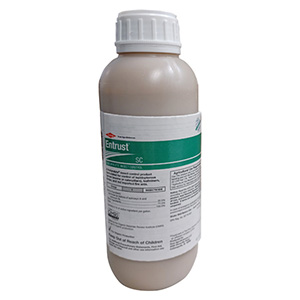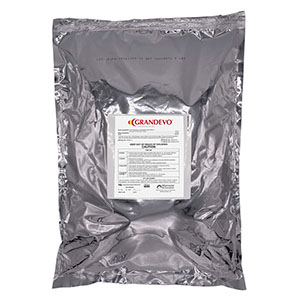Spotted Wing Drosophila
Spotted Wing Drosophila (Drosophila Suzuki), also known as SWD, lays its eggs in ripening fruit while it is still on the plant. They have a preference for small fruit like strawberries, raspberries, blackberries, blueberries, grapes, plums, and cherries.
The eggs are laid inside ripe or ripening fruit and the larvae consume the fruit, damaging it and leaving it susceptible to disease and rot. The larvae can complete their lifecycle quickly, emerging as adults in as little as 7 days. Many generations of SWD can occur during a growing season.
SWD looks similar to household fruit flies with their tan bodies and red eyes. Females are identified by their saw-like ovipositor and males have a black dot on the end of each wing.
Controlling Spotted Wing Drosophila
The first step in controlling SWD in your garden or farm is monitoring for the fly. Traps can be easily constructed using a plastic cup with a lid, punching 3/16-inch holes around the top of the cup, baiting it with apple cider vinegar, and hanging it in the canopy of the plants. Check the trap every few days to observe for any SWD. Early detection is best to get ahead of this pest. (University of Minnesota, Spotted Wing Drosphila)
If you find SWD in your traps, begin your treatment. That can include:
- Organic Pesticides - Spinosad, Pyrethrin, Grandevo
- Exclusion Netting - Cover your plants to prevent SWD from laying eggs on developing fruit
- Sanitation - Make sure to clean up any dropped fruit after harvesting
Pest Note: Planting early-fruiting cultivars can reduce the chance of fruit infestation.
-
$90.00–$972.00
-
-
-
$162.00–$500.00
-
$8.50–$36.00
-
$58.00–$260.00









